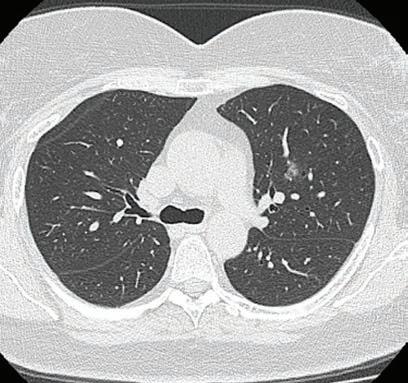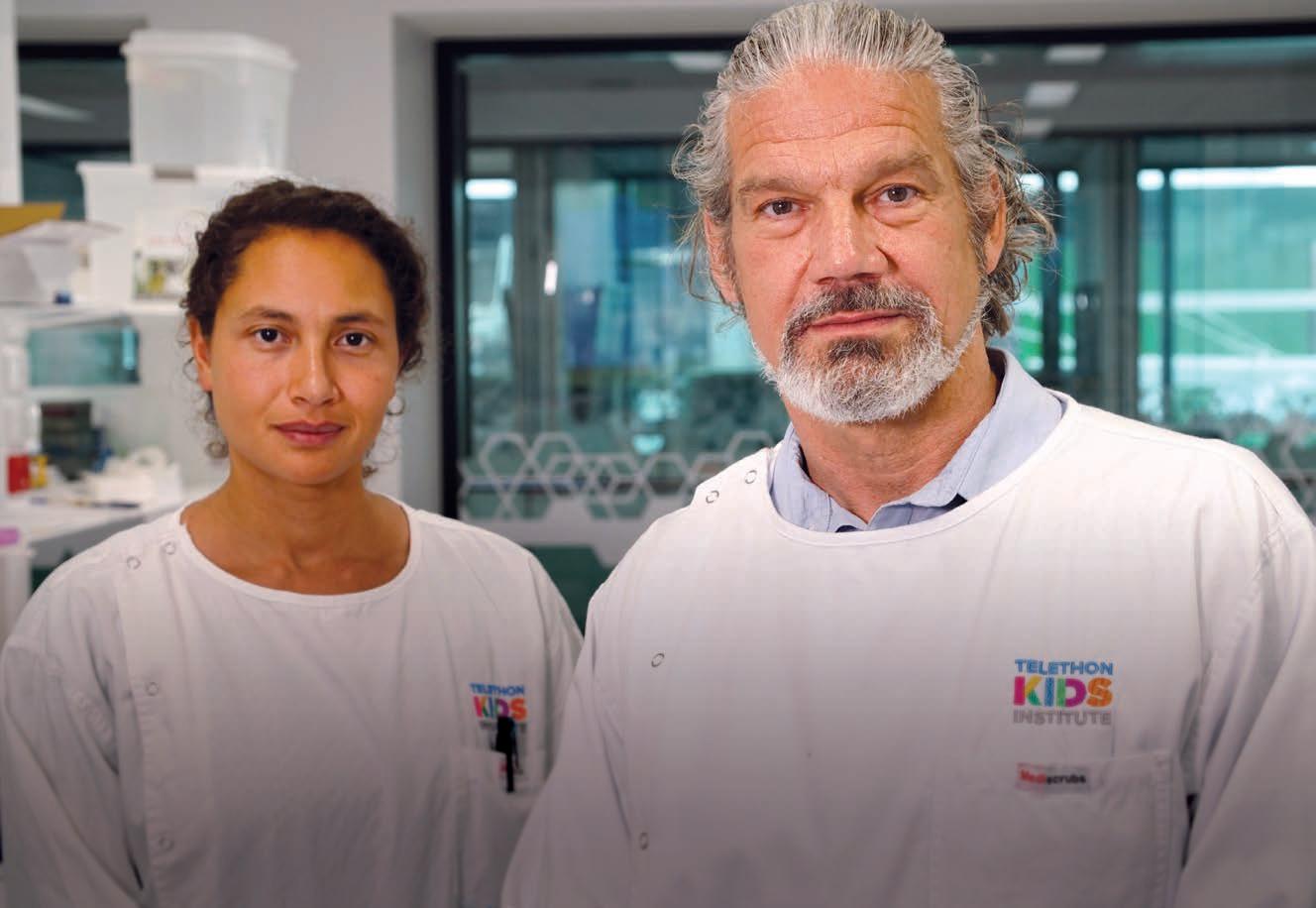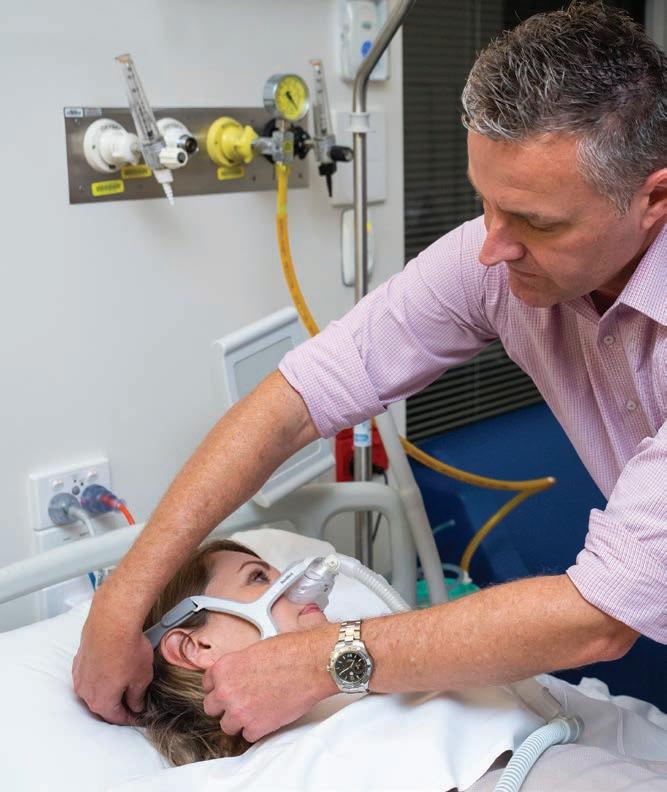Smoking in underground metal mines Smoking in the workplace has been banned for years, except, it seems, in the world underground.
Emeritus Professor Odwyn Jones explains.
It is time to explore the health effects of environment tobacco smoke (ETS) in addition to existing diesel engine exhaust fumes and other carcinogenic dusts in underground metal mines. And in that inquiry, address the hazard of smoking cigarettes in mines which are subject to rare and unpredictable inflows of flammable gas from previously unknown methane pockets/bubbles within surrounding strata. Whereas the Davy Safety Lamp was a life saver for those working in underground coal mines, carbide lamps with their open flames continued to be in use in metal mines until the development of the highly efficient electric battery cap lamps. Not surprisingly, therefore, metal miners were, and still are, allowed in many jurisdictions to smoke at underground worksites. The question is, bearing in mind our updated knowledge of its health effects etc. and possibility of igniting inflammable methane/air mixtures, should it continue to be allowed.
Health effects of ETS in breathable air already polluted by other carcinogenic dusts, vapours and fumes Whilst there is nothing in WA’s Mines Safety and Inspection Act 1994 or its regulations regarding the practice of smoking tobacco products in underground metal mines, apart from a brief reference in Regulation 8.13(1) to the prohibition of smoking within eight metres of activities 48 | SEPTEMBER 2020
involving explosives, there is reference by Worksafe to legislative interpretations. It answers the question put by a mine manager regarding how the Smoke-Free Places Act applies to smokers who work underground and it is quite revealing. Worksafe stated that, based on the definition of ‘indoor workplaces’, the act applies in an underground mine. However, it goes on to state, given that: • Flow through ventilation is efficient in removing diesel emissions to ensure safe breathable air for miners, it is assumed that any ETS generated in areas of flow-through ventilation will be removed along with the diesel emissions. • It is also recognised that it would be impractical for smokers to leave underground areas for a smoke-break. It therefore concludes that “smoking will be allowed in an underground environment in areas with flow-through ventilation, but is not allowed in lunchrooms and refuge stations”. Furthermore, it states that “this interpretation does not prevent the employer from exceeding its requirements”. The underlying premise that flowthrough ventilation at underground worksites is efficient in removing diesel emissions is and has always been false. As stated by Adrian Barnett: “it’s safe to say there is no safe level of air pollution” and recent NHMRC-sponsored research of underground miners’ exposure to diesel exhaust fumes, which
has been estimated in 2011 for an underground miner’s working lifetime to be associated with 38 extra lung cancer deaths per 1000 males.
Toxicity and Health effects of ETS ETS is smoke from burning tobacco, which permeates the surrounding environment and other persons can breathe. It is sometimes referred to as ‘secondhand smoke’. ETS is a complex mixture of particles, vapours and gases, and includes more than 4000 compounds of which 60 are known carcinogens. These include carbon monoxide, nicotine, polycyclic aromatic hydrocarbons, hydrogen cyanide, pesticides, toxic metals and radioactive substances. The health effects of breathing ETS include: • Increased risk of lung cancer • Increased risk of heart disease and stroke • Increased respiratory problems, especially for asthmatics • Eye irritation, coughing and headaches etc. As a complex chemical mixture, ETS does not have an occupational exposure standard. Suffice to say, breathing second-hand tobacco smoke increases the risk of cardiovascular disease, lung cancer and other respiratory illnesses and can worsen existing illnesses such as asthma and bronchitis. An interesting related scientific article published in BMC Public Health (2017) concluded that “there are no multiplicative interactions
MEDICAL FORUM | RESPIR ATORY HEALTH ISSUE
BACK TO CONTENTS
GUEST COLUMN














